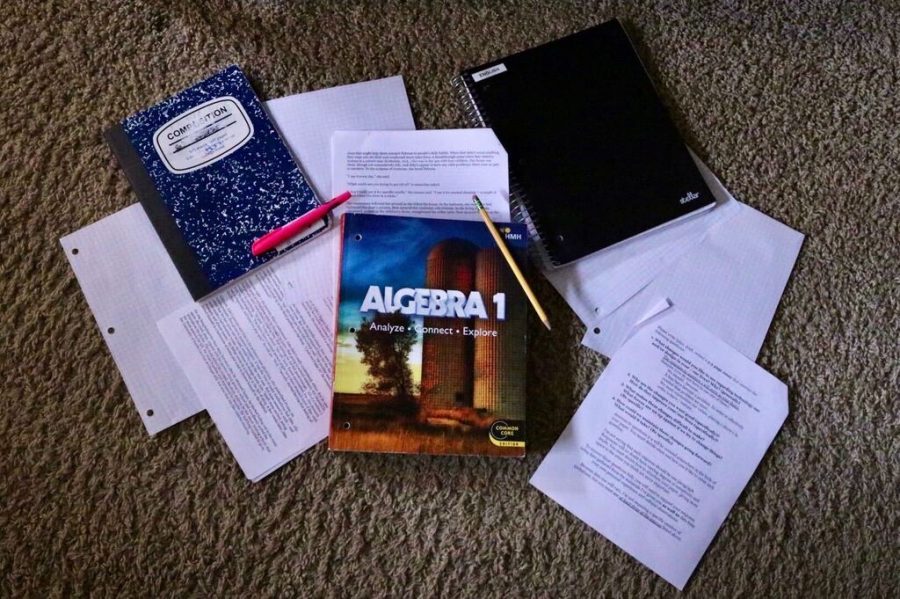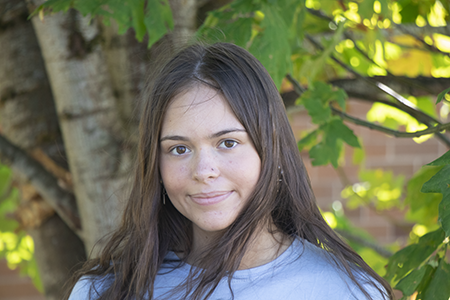How to Survive Digital Learning Days, According to Upperclassmen
To balance the workload associated with digital learning, many upperclassmen recommend taking breaks in between assignments.
April 15, 2020
With the school year now ending in digital learning days (DLDs), many students might be wondering how to prioritize their work in order to finish the year on a strong note.
Before the outbreak of COVID-19, most of the student body had not had a digital learning day for several years, while the freshman and sophomore classes had not experienced a DLD at all. Due to La Salle’s campus closure for the rest of the school year, teachers have had to come up with new ways to communicate with their students and allow them to continue learning.
This transition for some might be smooth, but for others it’s more challenging. With advice from upperclassmen, who have had more experience than most with DLDs, and with high school in general, other students might be able to gain insight about how to better navigate and manage the workload.
Over the course of the last few weeks, many teachers have used Zoom for class meetings. It imitates the face-to-face interaction that students would have on a normal school day, as teachers can check in on their classes and provide them with new information.
Junior Harold Nguyen strongly encourages participating in Zoom sessions whenever possible.
“Take advantage of Zoom time with teachers and be proactive,” he said. “There’s only so much you can do by yourself and having a quick chat with your teachers can be the difference in your learning.”
While many students have shared both positive and negative opinions on Zoom so far throughout their digital learning, most seem to prefer communicating with their teachers instantly, rather than waiting for a reply over communication platforms like email or Schoology message.
Senior Gili Kaptur Dejesus also thinks that it’s a good way to remind herself of the familiar faces she used to see almost everyday.
“I like being able to see my teachers and interact with classmates,” she said.
Because teachers are providing all of their lessons digitally, students are fortunate to have the ability to learn from home. However, this may cause some confusion if what teachers assign doesn’t make sense to certain students.
Kaptur Dejesus recommends that when in a state of confusion, “talk to your teachers,” she said. “[They’ll] work with you. Just let them know.”
When having to complete multiple assignments per class each day, it might be challenging for students to remember what DLD work they have or haven’t completed. In order to keep organized junior Lucy Lawton uses two different digital planners — one of them is an app called Streaks.
“[It] replicates streaks on Snapchat, but it’s for certain tasks I do everyday,” she said. “Every time I complete a task I mark it off and [I] have a streak number for the number of days [I’ve] been doing it.”
Lawton also uses the calendar app on her phone.
“I can get reminded of a certain assignment for school or work, and I’m able to manage my time better,” she said. “I like the calendar app because it shows everything you have to do.”
Even while keeping organized, it’s not surprising that students might still feel stressed during this long period of digital learning. Junior Carson Cardwell has figured out a method to cope with the anxieties of online school.
“[I] map out time for breaks and activities that relieve my mind of school-related stress,” he said.
Cardwell is not the only upperclassman who suggests that students take breaks after powering through several hours of school work. This is a method junior Samantha Dillard has been using for a while as well.
“It’s easy to see all of the impending assignments and get stressed out, but if you break it down, it’s not so bad,” she said.
Senior Lucas Wobig proposed another way to help manage stress and anxiety due to school work, which is to plan and prioritize what assignments to do when.
“I like to do half of my work in the morning, and the other half after lunch,” he said.
Senior Owen Tunstill sometimes even front-loads his classwork, as it leaves him with less to do on other days.
“If you can, do your work for the next day too,” he said.
Aside from spending the entire duration of digital learning days completing school work, several upperclassmen also encourage students to take a break and socialize.
“Even if you do not talk to them that much, send people a text or [direct message],” Wobig said. “I [also] highly suggest using FaceTime because it is so much better to physically talk to [a person] and see their face.”






